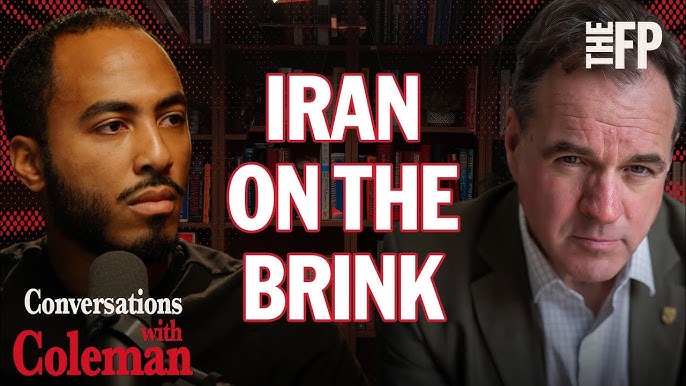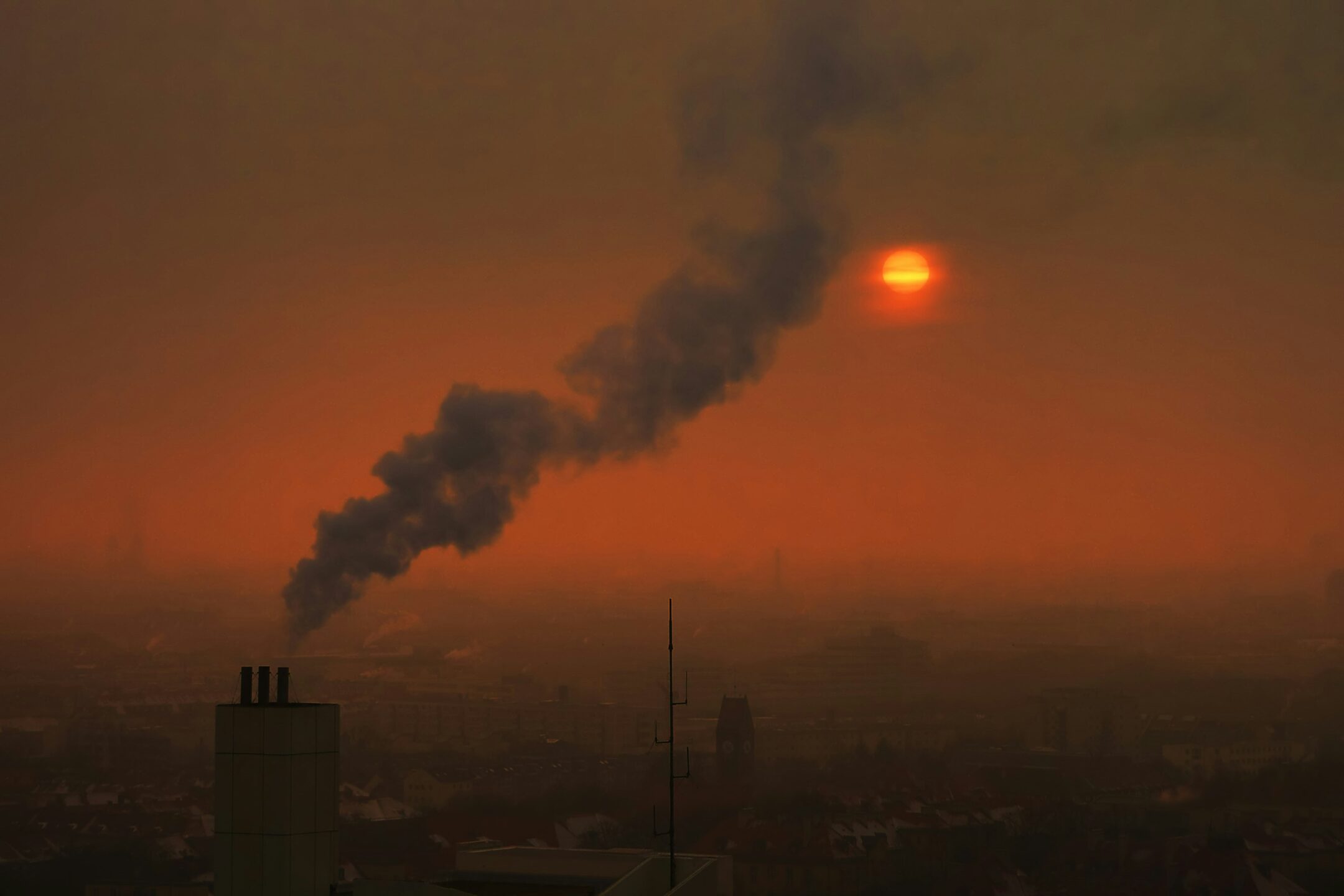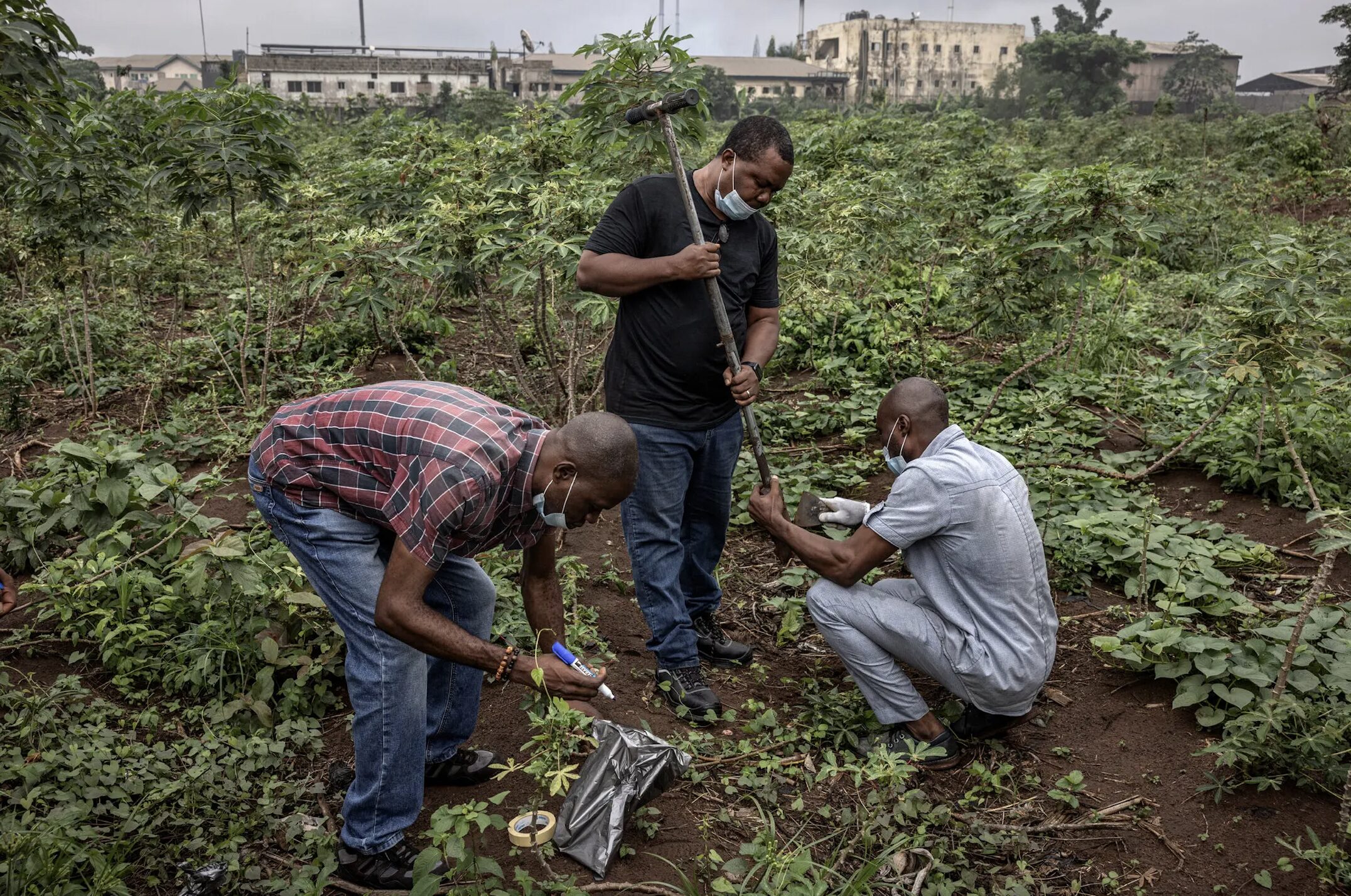This article is by WWSG exclusive speaker, Peter Goodman.
Ragib Khan is a man of impeccable patience. On a sweltering morning at a truck yard in the northern Indian state of Haryana, he climbed into the cab of his 10-wheel tractor-trailer, started the engine and rumbled slowly onto the highway. Over the day, he clung to the slow lane, never exceeding 35 miles an hour, while keeping watch for hazards: animals wandering the road, motorbikes darting in front and holes in the pavement large enough to swallow an axle.
Mr. Khan, 49, is a driver for Chetak Logistics, a major Indian trucking company. He was starting a weeklong journey hauling eight Suzuki cars freshly produced at a nearby factory to a distribution center more than 1,300 miles away in Bengaluru, in the south of the country. He stopped every couple of hours at roadside tea stands and restaurants, devouring snacks and chatting with other truck drivers.
“I drive in a very leisurely manner,” Mr. Khan said. “I don’t mind spending extra time. Half the month, we are on the road. What’s the hurry?”
For those who earn their living navigating the unpredictable highways of India, Mr. Khan was voicing an unimpeachably sensible mantra. Yet for India as a whole, now focused on lifting its fortunes by boosting exports, the frequently slow pace of moving goods from factories to ports presents a major impediment to those national aspirations.
As trade animosities flare between the United States and China, and as multinational retailers absorb the lessons of the supply chain disruptions that accompanied the pandemic, businesses are reconsidering their traditional reliance on Chinese factories to make their products. That effort is gaining momentum as retailers take heed of the growing possibility that Donald J. Trump will return to the White House next year, promising 60 percent tariffs on imports from China.
In search of alternative suppliers, many companies are looking to India. At least on paper, it stands as the one nation large enough to develop a comprehensive supply chain for parts and raw materials that might eventually come close to replicating China’s.
Among the many reasons for skepticism is the reality we saw through Mr. Khan’s windshield. Every stretch of the trip was accompanied by the unrelenting prospect of an accident, or construction, or some other unforeseen situation that demands caution.
“Indian roads are full of surprises,” Mr. Khan said. “You have to be very careful.”
To a considerable extent, this situation has already been improved as the government — led by Narendra Modi, who in June started his third five-year term as prime minister — pursues an infrastructure build-out focused on improving highways, rail connections and airports.
“India has changed on the ground, but the perception has to change,” said Amitabh Kant, a senior government official who is close to Mr. Modi, and the author of “Made in India,” a book about the nation’s industrial reach. “Logistics costs are falling very sharply.”
So intense is the pace of construction that India has been gaining 17 miles of fresh highway per day, Mr. Kant said. Over the last decade, the national highway system has expanded 60 percent, according to government data, while the length of four-lane highways has nearly tripled.
“The road network has improved,” said Amitabh Kharbanda, director of Sunlord, a factory in the city of Greater Noida, south of Delhi. Six years ago, it took four days to haul a container from his factory to Mundra, a major container port in the state of Gujarat. Today, the same journey is often completed in less than half that time.
The digitization of tax payments and inspection forms has greatly eased the passage of cargo at state borders.
The government has also focused on expanding the capacity of rail to move cargo. Traditionally, passenger traffic has been prioritized in India. Freight trains must frequently pull off main tracks and wait for passenger cars to pass.
To ease the movement of cargo, the government is building dedicated freight corridors, laying new tracks for the sole purpose of hauling goods, including a link from Delhi to Mumbai that is mostly completed.
Some assert that the building binge reflects an undisciplined reach for scale, rather than a deliberative process of linking industrial centers in a thoughtful way.
“You have created highways, but highways to nowhere don’t make sense,” said Rayaprolu Nagaraj, an economist at the Indira Gandhi Institute of Development Research in Mumbai. “Unless they cater to the local needs of specific industrial clusters, going from Point A to Point B is no good.”
As modern highways replace rutted roads, gas stations are increasingly clean and efficient, but facilities for drivers to get rest are minimal — a source of worry among those in the industry. Mr. Khan and his assistant driver, his nephew, Mustak Khan, typically pull off to the side of the road and slide into bunks in the back of their cab, dozing off amid a cacophony of blaring horns and roaring engines.
“There’s no proper rest areas,” said Sachin JKS haritasH, director of Mr. Khan’s employer, Chetak Logistics. “Drivers cannot get good quality sleep.”
The gap between India’s state of infrastructure and that of other large Asian economies remains significant.
On a scale of one to five, India’s overall capacity to move goods for international trade is rated 3.4, according to an index that is compiled by the World Bank and is based on a survey of companies that manage cargo shipments. That is ahead of Vietnam (3.3) and Indonesia (3.0), but behind Thailand (3.5), Malaysia (3.6), China (3.7) and South Korea (3.8).
On infrastructure specifically, India is rated only 3.2, compared with 3.7 in Thailand, 4.0 in China and 4.1 in South Korea.
As Mr. Khan guided his truck southeast down National Highway 8, his halting pace was guided by his knowledge of the perils absorbed over three decades behind the wheel.
He slowed his truck as a child edged toward his lane, preparing to cross the highway, and again as a slender cow stepped into traffic. He tapped the brakes as a herd of goats pivoted unexpectedly toward his path.
“There are multiple accidents taking place because of these animals,” he said. “Sometimes, you’re trying to save the animals, and then you wind up hitting somebody else.” This, he added, has never happened to him, but he has seen it.
The highway was three lanes in some places, two in others, and frequently not demarcated at all, leaving vehicles jockeying for space.
He stopped at every overpass and bridge, anticipating the bumps and potholes as his trailer shuddered. He steered around tractors and mounds of earth piled on the pavement at construction sites. He took note of the men repairing tires on the side of the road, near the rusted carcasses of misshapen truck cabs — testaments to the circumstances that halt many journeys.
Mr. Khan’s cab lacks air-conditioning despite heat that regularly exceeds 100 degrees. As the industrial landscape south of Delhi gave way to a flat spread of agricultural land, the horizons receded into pale clouds of dust. Mr. Khan kept his windows open. The cab filled with the pungent smell of diesel fuel mixed with animal manure, sewage and smoke wafting off garbage dumps along the highway.
Every momentary breeze was like a gift from the heavens.
As the miles rolled past, Mr. Khan contemplated what he was missing back home in Uttar Pradesh, where his wife was raising their children without him.
“Sometimes, we miss even family marriages, births, deaths,” he said. “We feel lonely.”
Some elements of his job have clearly changed for the better. He no longer has to travel with wads of cash, which made him susceptible to robbery, because his company supplies him with vouchers that can be used at gas stations for fuel.
His employer pays him via debit card. And he moves through tolls without having to stop thanks to a device attached to his windshield that allows him to make payments digitally.
The taxes that must be paid to transport cargo across state borders are now handled in advance, eliminating the checkpoints that used to tie up traffic for hours. As he crossed into the state of Rajasthan just after noon, the heat fierce and still building, he did not have to slow down.
“Driving has become a bit easier,” Mr. Khan said.
He stopped for a roadside lunch of lentils, okra and chapatis, washed down by buttermilk. He was halfway to his resting point south of Jaipur, a city in Rajasthan.
He washed his hands at a sink in front of the restaurant and walked slowly across the sun-baked earth to his vehicle. Whatever his pace, the destination would be waiting for him, another day unfolding like the one before it.
“We don’t get any advantage by driving fast,” he said.







